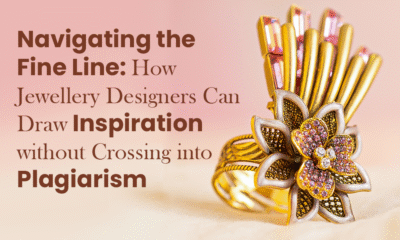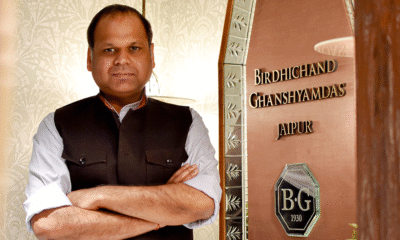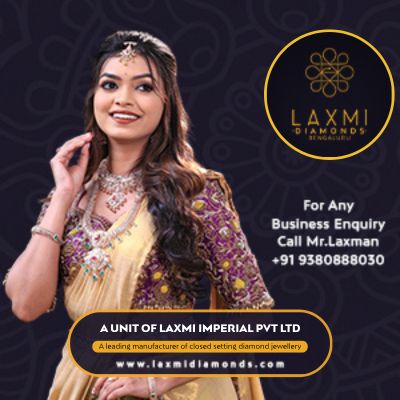JB Insights
When a woman is wearing my jewelry, I want her to feel she is wrapped in one of lifeŌĆÖs greatest luxuries: Sangeeta Boochra

Sangeeta Boochra is a veteran Jewellery designer and a business magnate.She is a well-known name and brand in India today. She is the Creative Director and Designer of Sangeeta Boochra Jaipur.
Abhineet Boochra is the Co- Founder and Designer of the Brand Sangeeta Boochra. Abhineet is force behind marketing and creating business strategies alongside his mother, and now also working as an apprentice to Sangeeta Boochra the designer to gain experience in designing. Bringing in his corporate sensibilities, Riteek Boochra is the Director of the company. Under his purview, he creates synergistic opportunities for the brand through industry collaborations and market research.



Sangeeta Boochra speaks to JEWELBUZZ on her journey, inspiration, philosophy of defining the canons of style and harmonyŌĆ”. and more
Take us through your journey into jewellery designing: your inspiration, your beginnings, and your evolution into a renowned designer.
I was born in a small village in Rajasthan called as Sujangarh. Born in the family of entrepreneurs, my father was into petrochemicals business. I got married in the Boochra family in 1985 to Sudeep Boochra, in Jaipur. I am based out of Jaipur now. It was challenging when I got married and shifted to Jaipur–it was a very different culture all together, getting married into a powerful and influential family.
I am formally educated in the line of fashion designing, but found my true calling in the art of jewelry making. I personally love jewellery, especially silver jewellery. When I got married everything changed. And as it was lying deep within me ŌĆō my love towards silver ŌĆō hence I started designing. In 1994, I joined my father ŌĆō in ŌĆō law as jewellery designer and formed Sangeeta Boochra.



The journey has been great, learnt so much in life; I know the importance of money and hard work. I learn to respect artisans and master craftsman; to treat them equal as family.
What is your design philosophy?
I have a vision: ushering in a renaissance in the ancient art of jewellery, I use elements of ethnic Indian jewellery.
Behind every design is a philosophy expressing an aesthetic choice, defining the canons of style and harmony.` My designs truly do represent my contemporariness and projection of the past towards the future. My distinctive designs reflect her passion for jewelry and celebrate her enthusiasm for individualism with her commitment to timeless styling.
I have been creating silver jewellery with its very own chic language of design, with an added touch of modernity, giving a modern face to the age old traditional Indian jewellery.
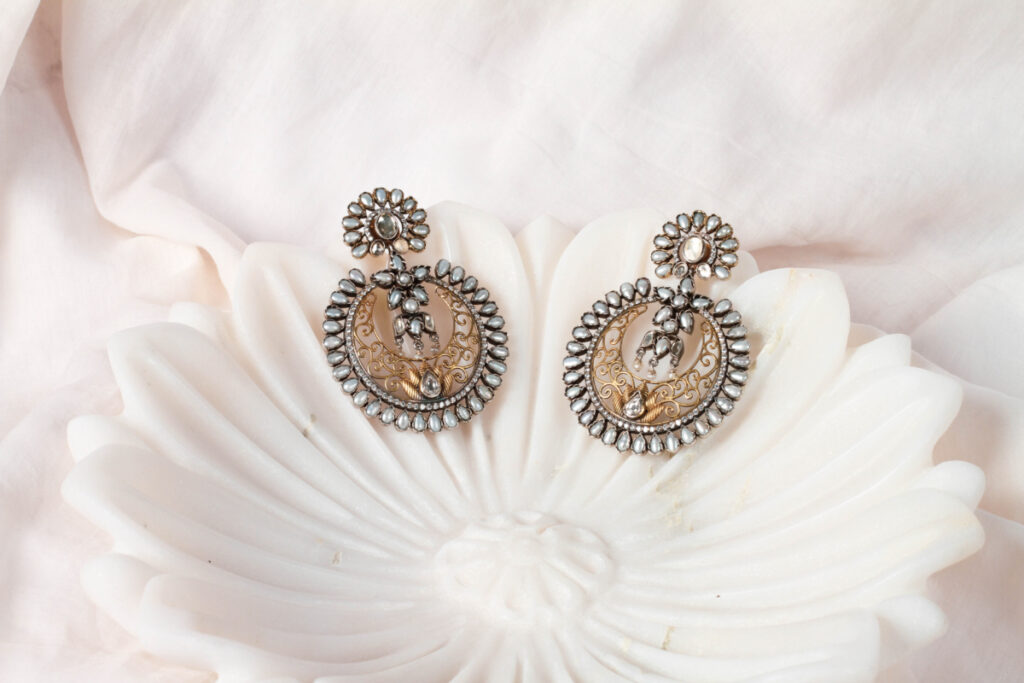
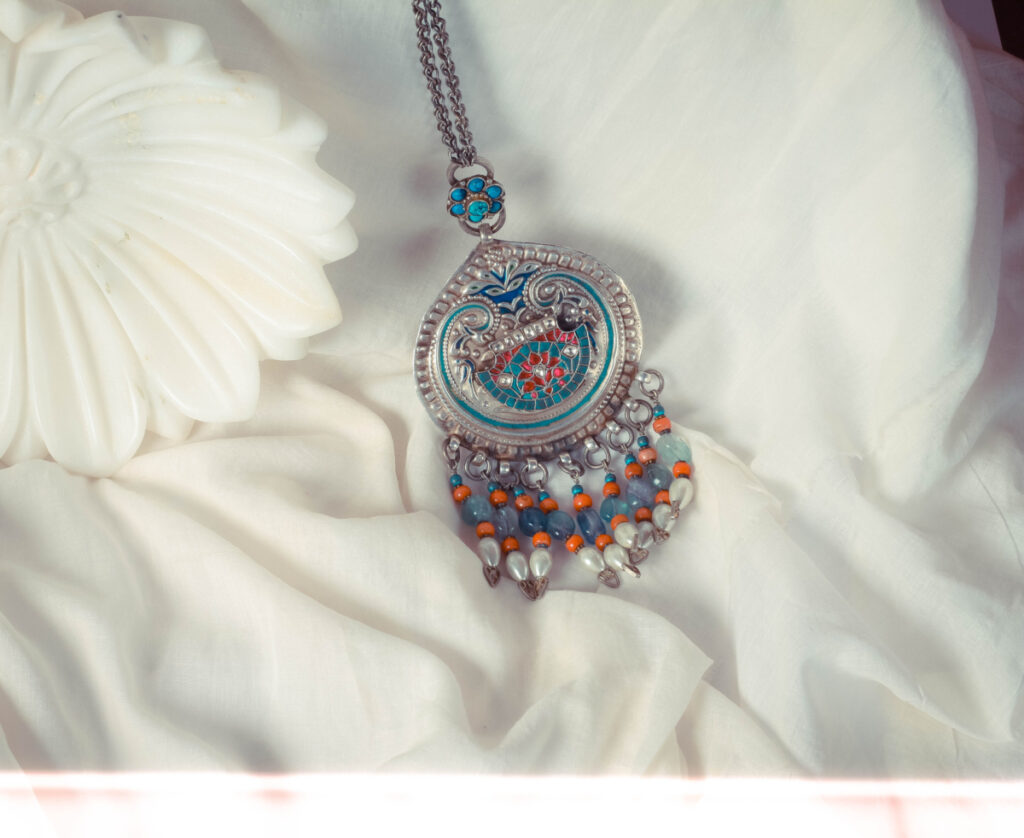
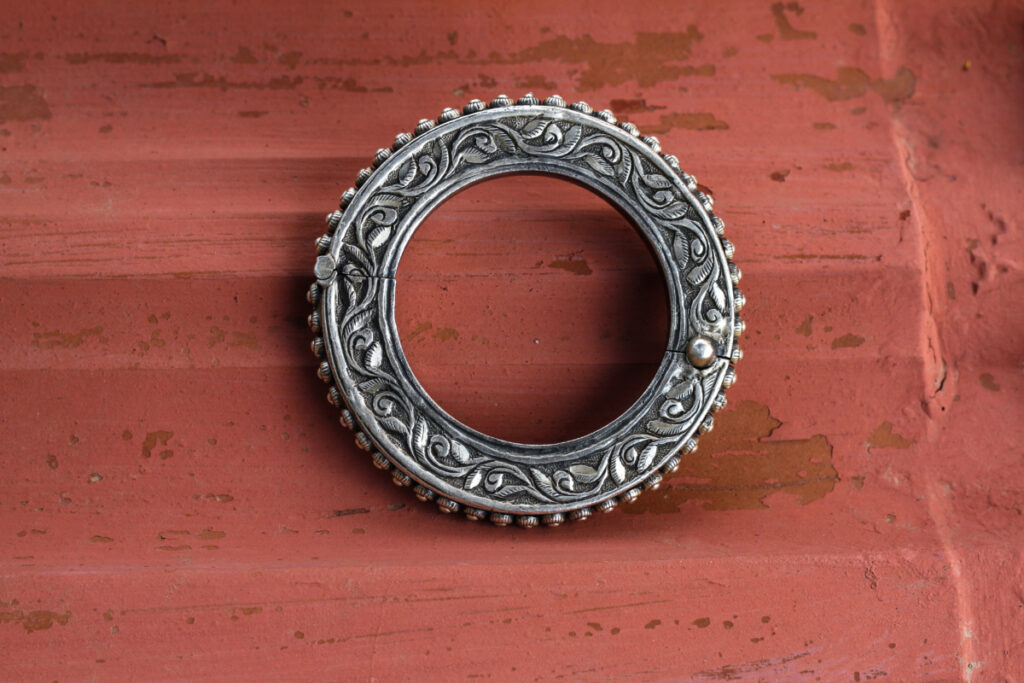
Tell us about your favourite metals, materials and stones. Personally what type of metal- gold, silver, platinum, and stonesŌĆödiamonds, colour gems — appeal to you.
I love silver; especially silver tribal- old and vintage looking. In gemstones I love turquoise, lapis, coral, emeralds and rubies.
As an entrepreneur, what are the lessons you have learnt in establishing a business, strategy for growth, brand positioning etc. How does one balance creativity with commercial viability and fluctuating consumer preferences.?
I have learnt many a lesson across my career. Some key learnings include:
Understand Your Audience, Quality Matters, Unique Selling Proposition (USP), Online Presence, Customer Service, Adaptability, Financial Management, Networking,
Strategies for Growth include: Diversification, Collaborations, International Expansion and Data-Driven Decisions

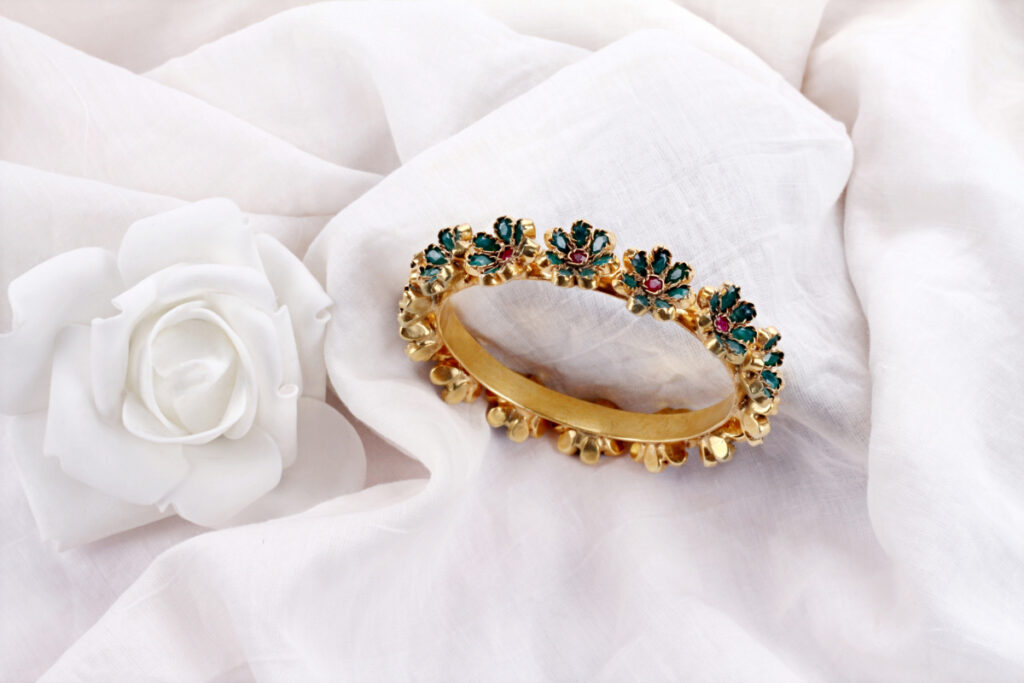
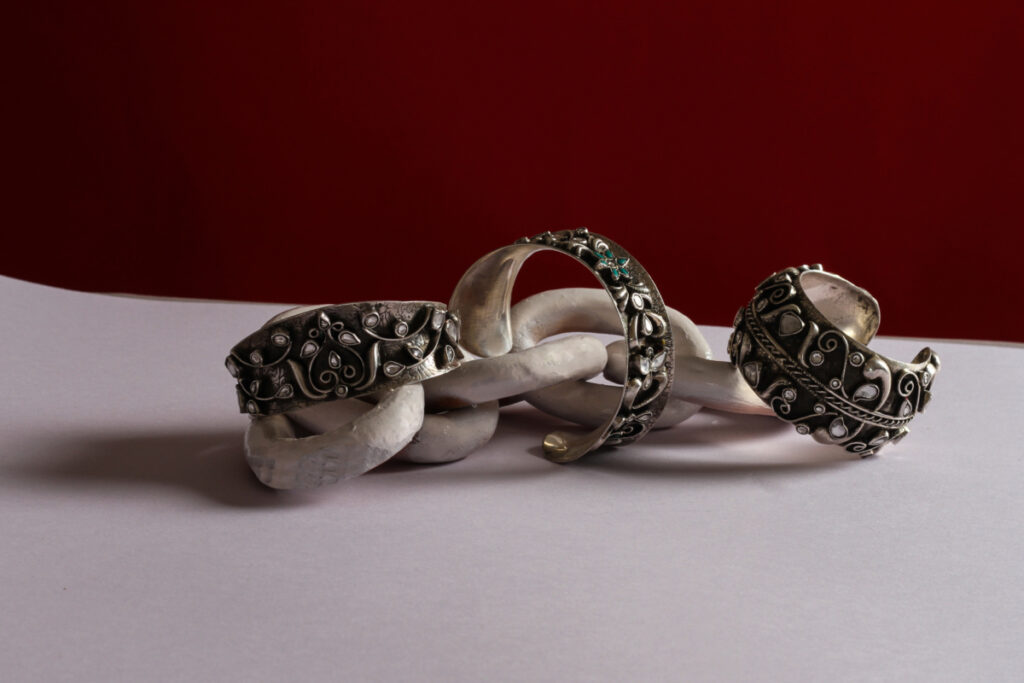
While Balancing Creativity with Commercial Viability give weightage to:Market Research, Customer Feedback, Prototyping and Testing, Staying Authentic, Flexibility.
Establishing and growing a jewelry business requires a combination of creativity, business acumen, and adaptability. By stayingattuned to customer preferences, maintaining quality standards, and embracing innovation, you can build a successful and sustainable brand in the competitive jewelry industry.┬Ā┬Ā┬Ā┬Ā┬Ā┬Ā┬Ā
Your comments on the current jewellery designing segment in India? What is the standing and brand positioning of IndiaŌĆÖs jewellery designers on the global stage?
The jewellery designing segment in India has been vibrant and diverse, combining traditional craftsmanship with contemporary designs. India has a rich cultural heritage, and this is often reflected in the intricate and artistic designs of its jewellery. The industry includes a mix of traditional jewellery, modern designs, and pieces that blend both elements.
The standing and brand positioning on the global stage is driven by: Heritage and Craftsmanship, Innovation and Fusion, Ethical and Sustainable Practices, Global Recognition, Diverse Offerings, E-commerce Presence, Celebrity Endorsements, Government Initiatives
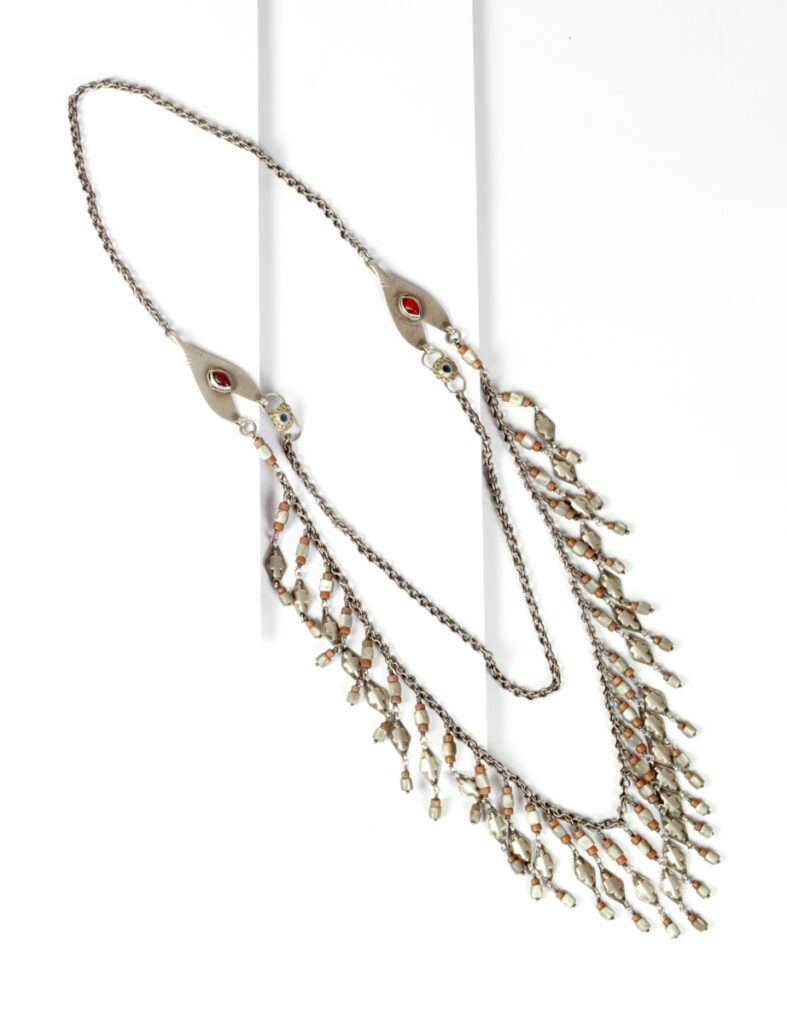


WhatŌĆÖs your message for aspiring, as well as practicing, jewellery designers?
Aspiring and practicing jewellery designers need to adopt the following: Embrace Creativity, Stay Informed, Craftsmanship Matters, Build a Strong Brand Identity,Adaptability,Network and Collaborate, Ethical and Sustainable Practices, Understand Your Audience, Online Presence is Crucial, Feedback is Valuable, Balance Creativity with Commercial Viability, Persistence and Resilience, Passion is Your Driving Force. Remember that each designer’s journey is unique, and there is no one-size-fits-all formula for success. Be true to your vision, stay dedicated to your craft, and enjoy the creative process. Your passion and commitment will be the foundation for a fulfilling and successful career in jewelry design

Feature
Navigating the Fine Line: How Jewellery Designers Can Draw Inspiration without Crossing into Plagiarism
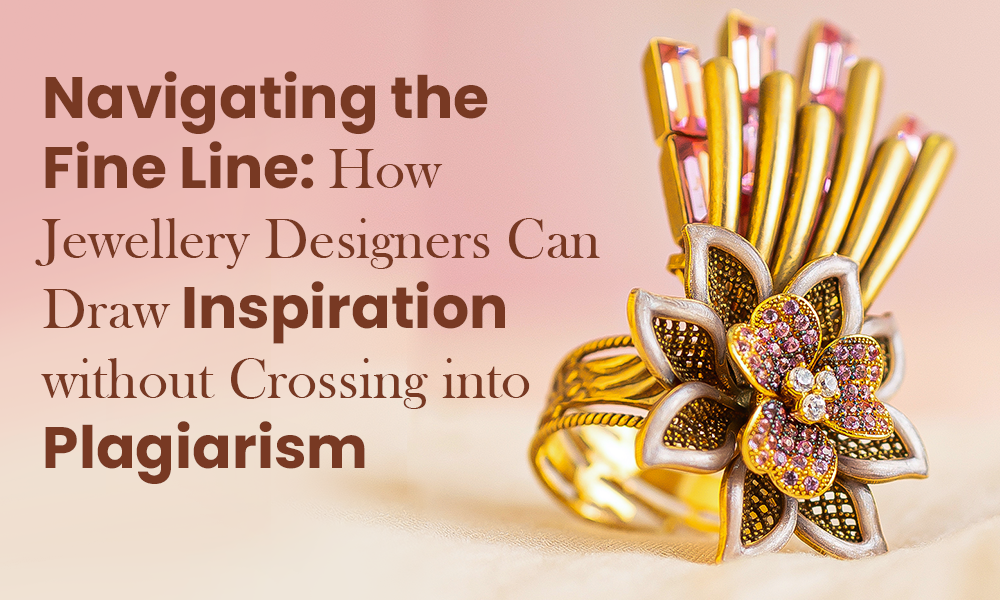
We’ve all been there ŌĆö scrolling through social media, spotting a stunning design, and thinking, “This is amazing, I could do something with this.” Maybe you even screenshot it for later. That moment of admiration is totally normal, and yes, it’s how creativity often works ŌĆö one spark leads to another.
But hereŌĆÖs the tricky part: when does inspiration cross the line into imitation? There’s a difference between being creatively influenced and replicating someone elseŌĆÖs hard work. The quote ŌĆ£imitation is the sincerest form of flatteryŌĆØ may sound nice, but in design, it’s also a fast track to losing your credibility.
This issue is especially relevant in the Indian jewellery market, a diverse ecosystem that includes couture artisans, mass-market retailers, and indie designers ŌĆö all coexisting alongside a booming imitation market. When original designs are copied and mass-produced, it damages the brand identity of the creator, dilutes the uniqueness of their work, and erodes the value of true craftsmanship.
Being inspired is natural ŌĆö but respecting originality is essential.
Let us have a look at what ace Jewellery Designers/ Brands from the industry have to say about Plagiarsim & Inspiration in jewellery designs:
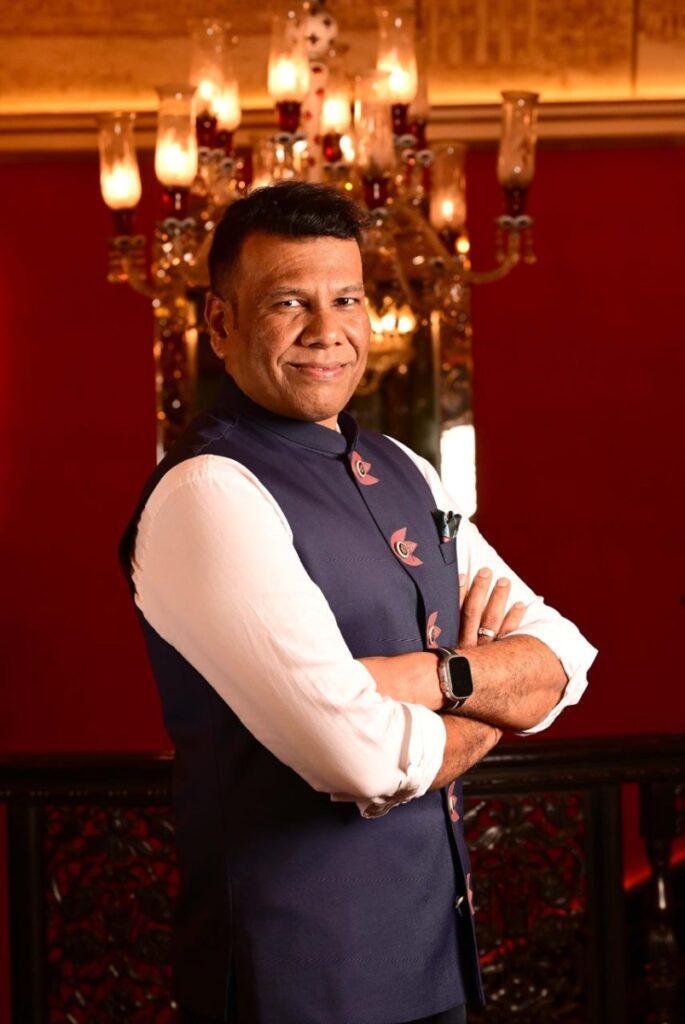
Avama Jewellers
Abhishek Kajaria, Founder and Owner
- How do you identify and cultivate your Unique Selling Proposition (USP) as a jewelry designer in a market full of competition?
At our luxury jewelry brand, our Unique Selling Proposition (USP) is rooted in innovative craftsmanship, attention to detail, and a deep understanding of our clients’ desires. We push the boundaries of design while staying true to our brand’s aesthetic..
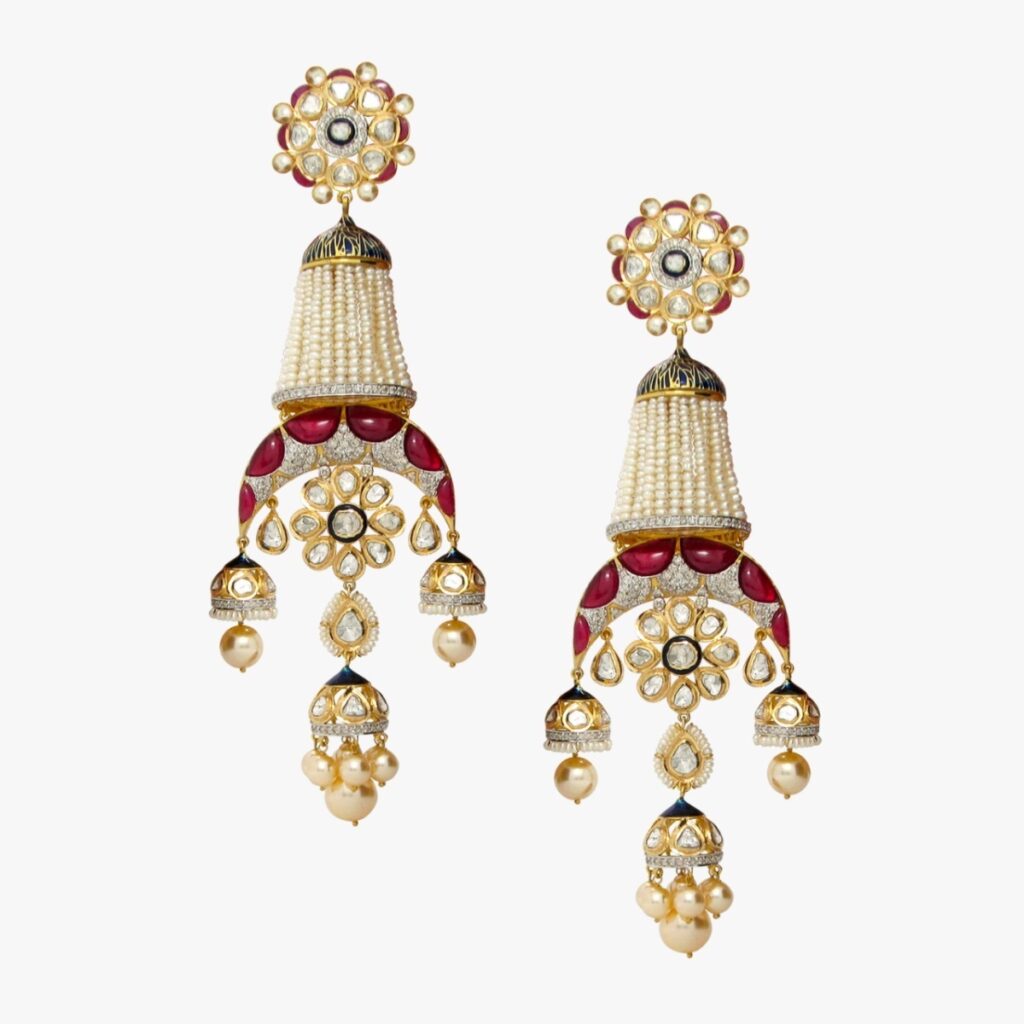
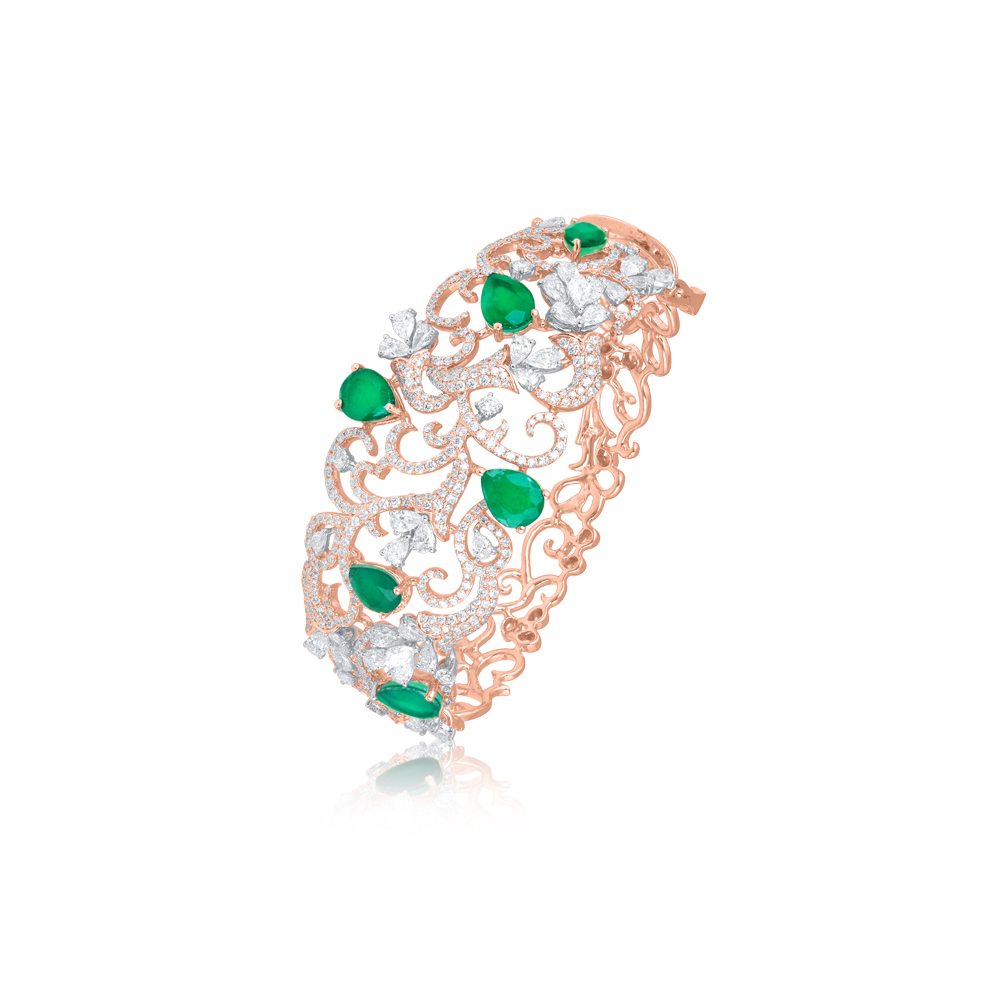

2. What steps can designers take to ensure they are drawing from a broad range of influences rather than just one or two sources, in order to create more original and diverse designs?
To create original and diverse designs, we encourage our designers to draw inspiration from various sources, including art, architecture, nature, and cultural heritage. We also foster a culture of collaboration and knowledge sharing among our team members, which helps to stimulate creativity and innovation.
3. What to do if your jewellery design is being copied? What are the legal implications to such plagiarism?
If we find our jewelry design is being copied, we promptly protect our rights by sending a cease-and-desist notice, seeking legal advice, or taking other actions to stop the infringement.
4. In your experience, how does acknowledging the influence of other designers in your work contribute to your growth as a designer, and how do you ensure that your own originality still shines through?
Recognizing the influence of other designers is vital for our growth. By acknowledging their contributions, we can learn from their experiences and create something original. We maintain our uniqueness by staying true to our brand’s vision and aesthetic.
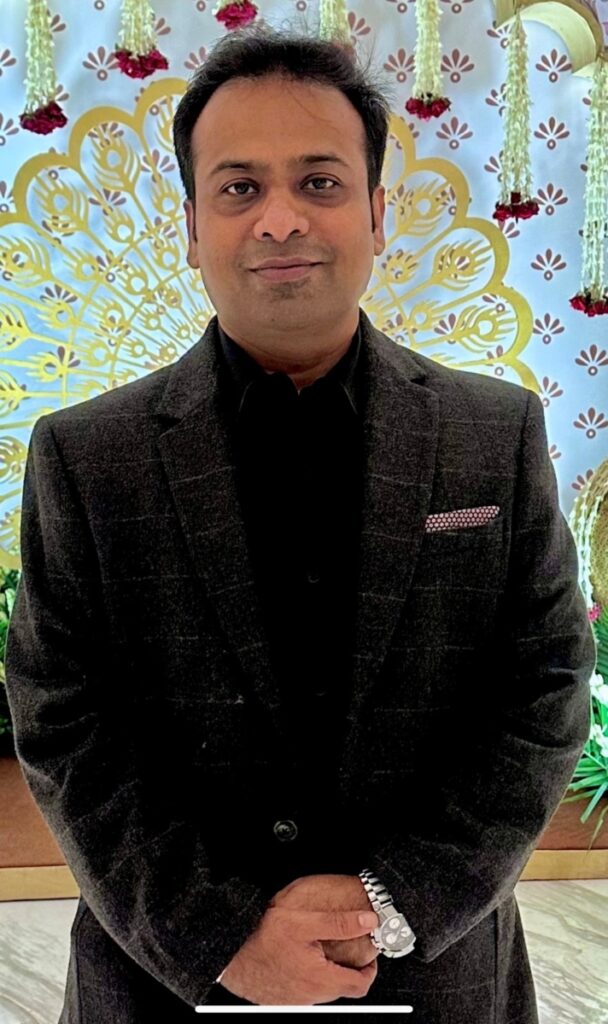
Mahabir Danwar Jewellers ŌĆō Vijay Soni, Director
- How do you identify and cultivate your Unique Selling Proposition (USP) as a jewelry designer in a market full of competition?
At Mahabir Danwar Jewellers, our USP lies in the fusion of heritage craftsmanship, innovative design, and exclusivity. We stay true to our brand ethosŌĆöblending timeless elegance with modern creativity. Through research, trend awareness, and our signature design language, we ensure every collection tells a unique story and evokes a personal connection, setting us apart in a crowded market.
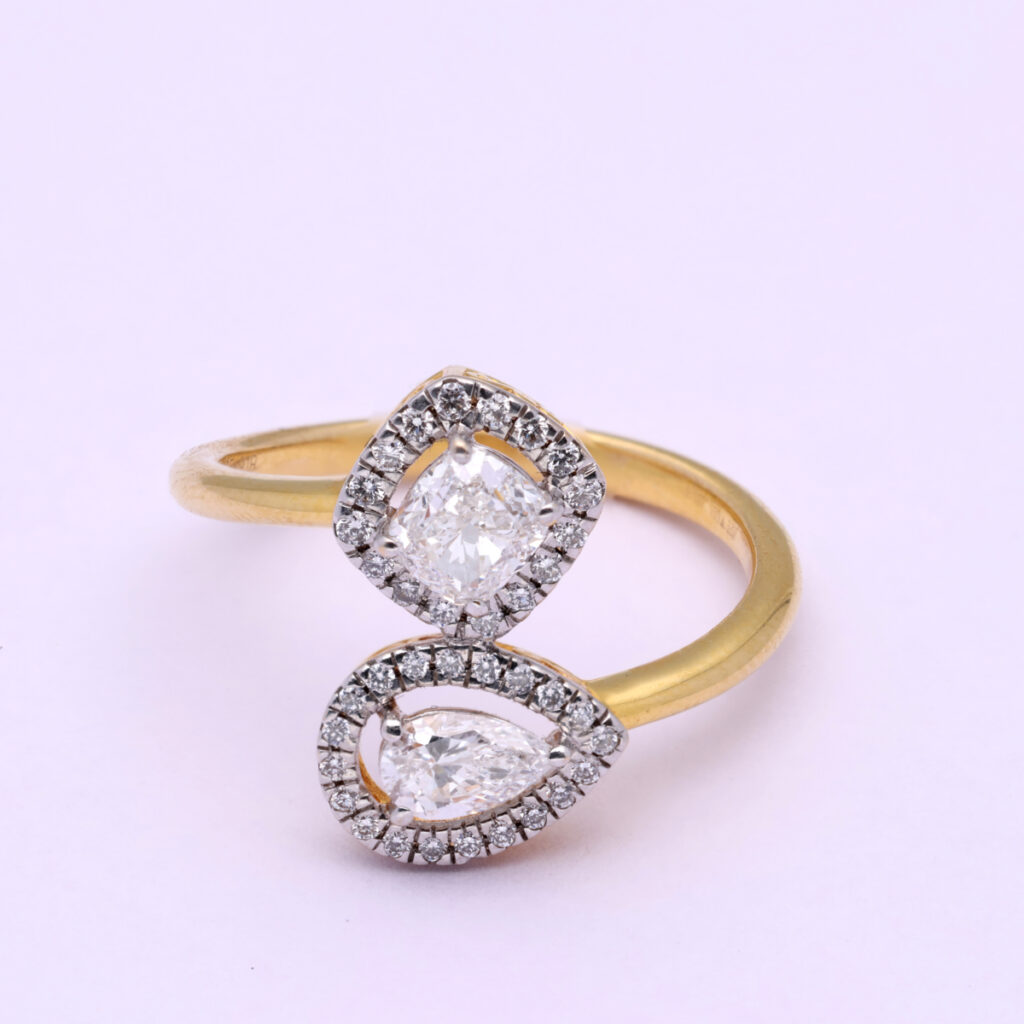
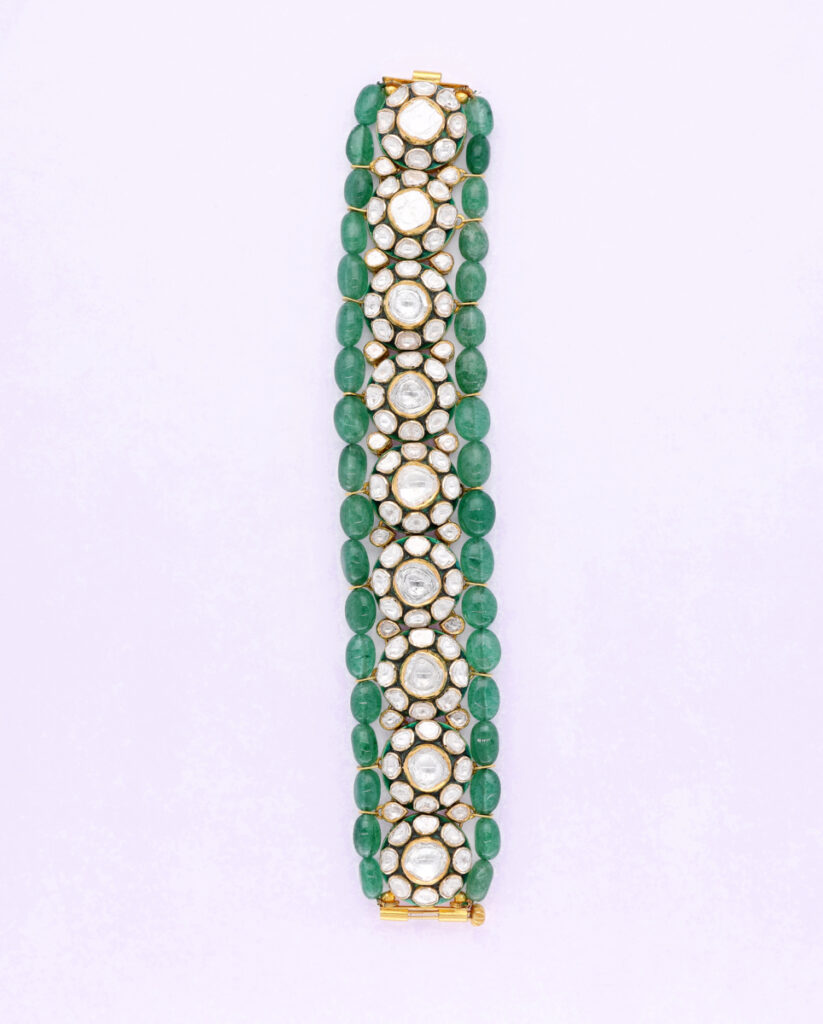
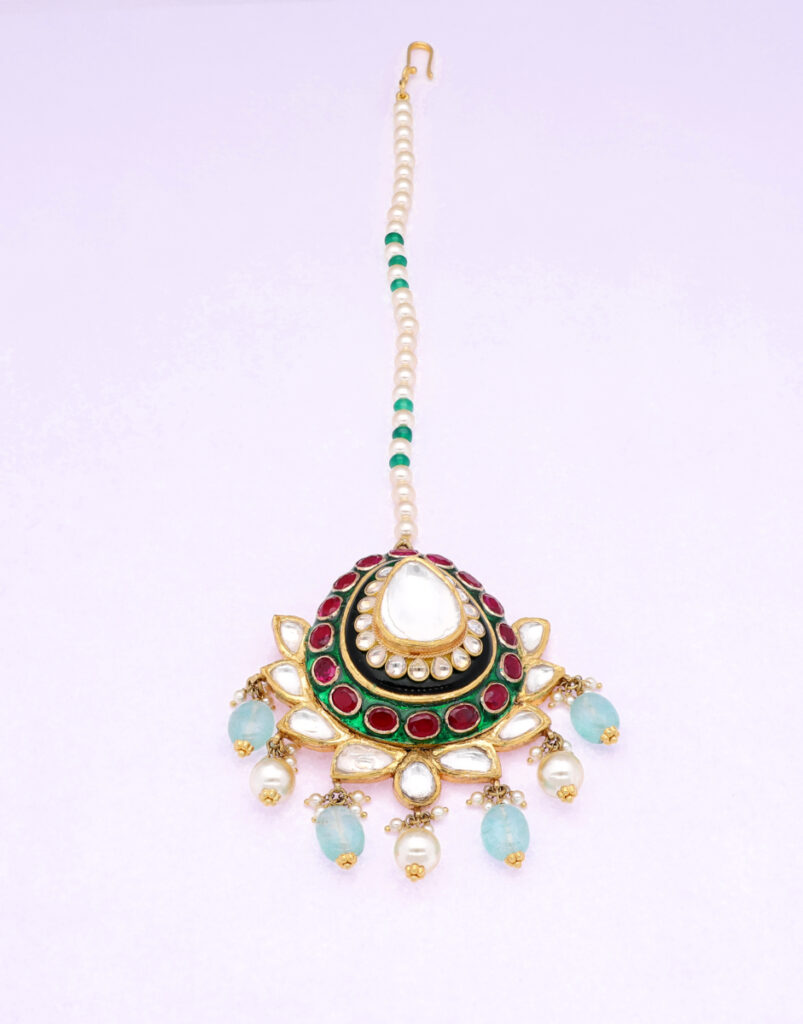
- What steps can designers take to ensure they are drawing from a broad range of influences to create original and diverse designs?
Originality comes from exploring beyond the obvious. Designers should:
ŌĆó Draw from varied sources like architecture, nature, and fine arts
ŌĆó Study global and historical craftsmanship
ŌĆó Experiment with new materials and techniques
ŌĆó Avoid trend-chasing and focus on building a personal voice
By broadening their creative lens, designers can avoid unintentional imitation and develop truly distinct designs.
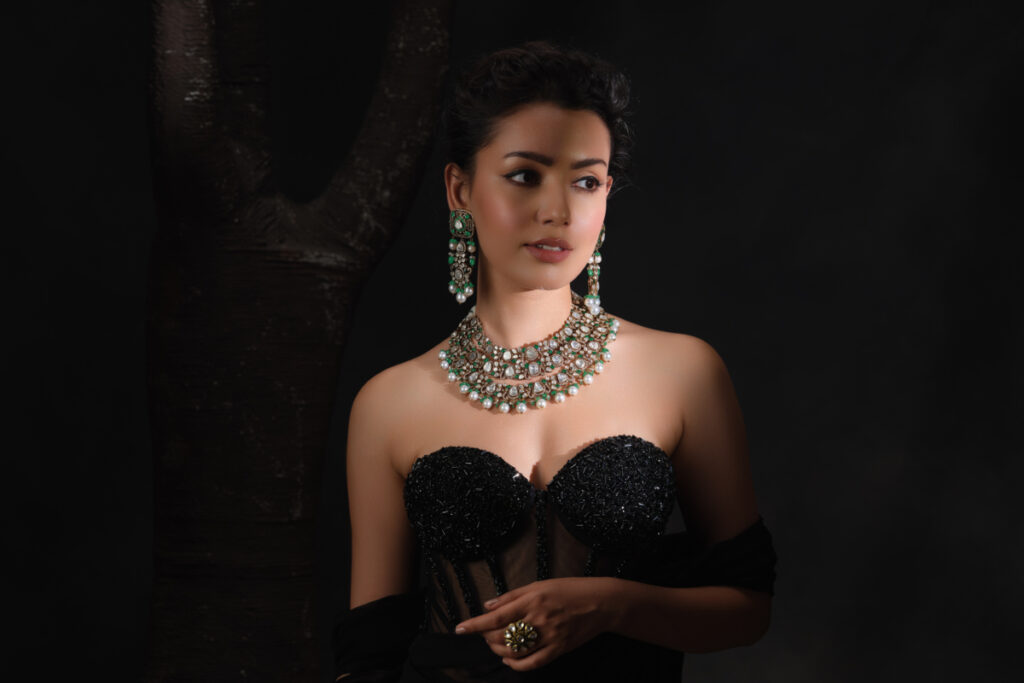
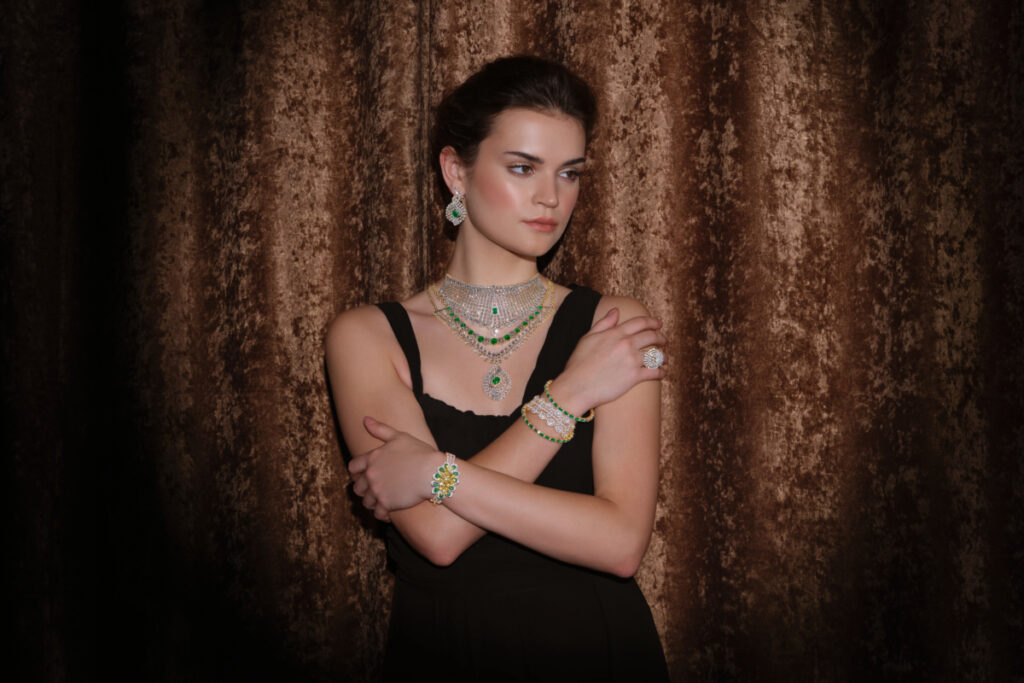
- What to do if your jewelry design is being copied? What are the legal implications of such plagiarism?
To protect designs:
ŌĆó Register copyrights, trademarks, or design patents
ŌĆó Take legal action, such as sending cease-and-desist notices
ŌĆó Document the design process for proof of originality
ŌĆó Raise awareness through industry platforms
Proactive protection is key to preserving exclusivity and creative ownership.
- How does acknowledging the influence of other designers help your growth while maintaining originality?
Acknowledging others’ work promotes learning and innovation. However, we ensure originality by:
ŌĆó Using inspiration as a base, not a blueprint
ŌĆó Infusing personal storytelling and brand identity
ŌĆó Innovating through design, materials, and craftsmanship
ŌĆó Continuously evolving our creative voice
Respecting influence while transforming it ensures our work stays authentic and uniquely ours.
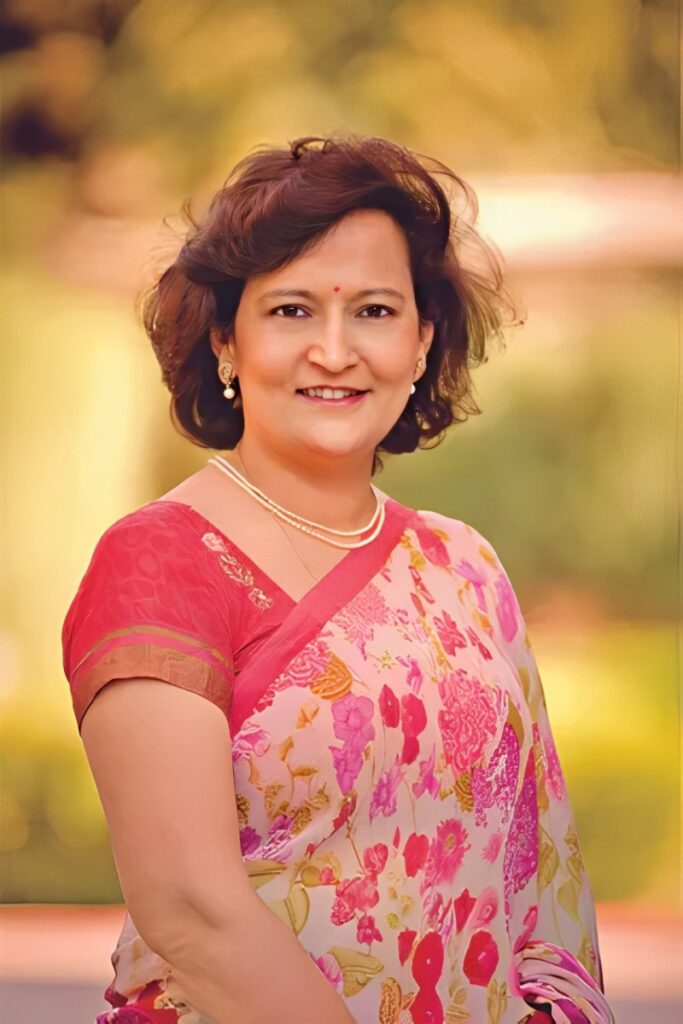
Neeta Boochra Jewellery
Neeta Boochra, Founder
1)What steps can designers take to ensure they are drawing from a broad range of influences rather than just one or two sources, in order to create more original and diverse designs?
Indian jewellery designers have access to a vast and layered cultural heritage, but relying too heavily on a few well-known motifs (like Mughal, temple, or tribal jewellery) can limit innovation. To ensure originality and a broader creative palette, Indian designers can take the following India-specific steps to diversify their influences and evolve their design language:

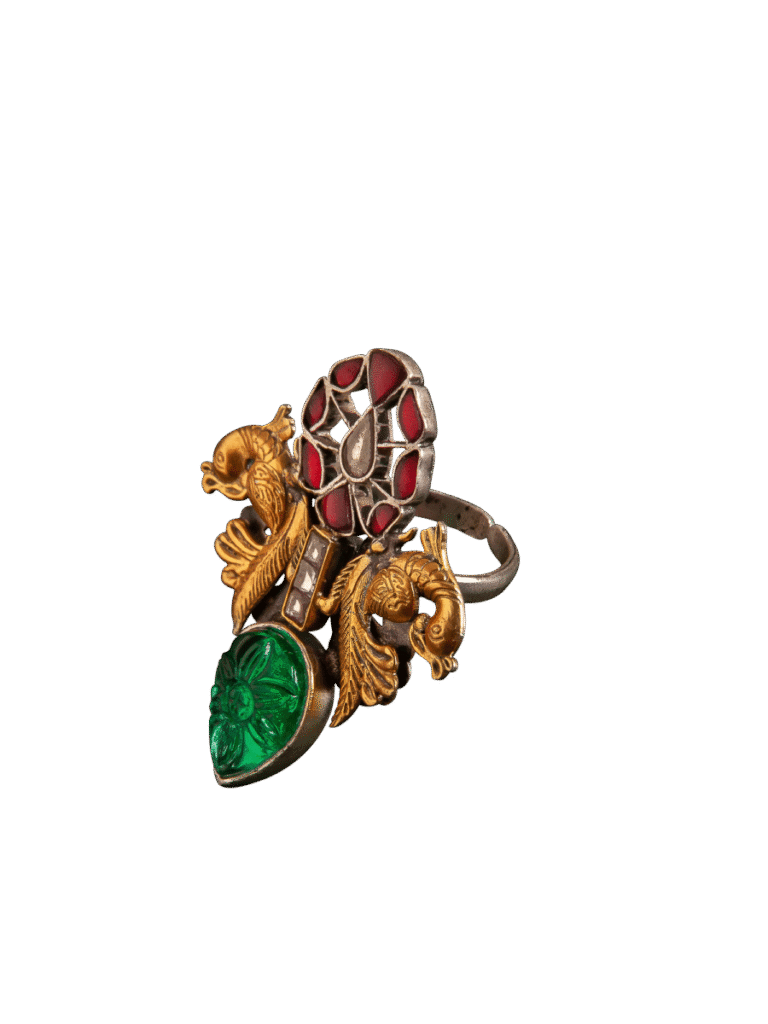
Explore Regional Diversity: Study lesser-known jewellery traditions from Northeast India, tribal areas, and rural crafts like Dokra, Bastar, or Manipuri designs.
Blend Tradition with Contemporary Indian Art: Take inspiration from modern Indian artists, textile patterns, or architectural forms like stepwells or temple carvings.
Use Indian Literature & Philosophy: Draw abstract concepts from epics, folktales, and philosophies (Hindu, Buddhist, Sufi) to deepen your narrative.
Tap into Natural and Urban Landscapes: Let India’s diverse geography and cityscapes inspire shapes, textures, and forms.
Reimagine Obscure Historical Styles: Revive and reinterpret jewellery from lesser-known dynasties or rare styles like Chettinad or Satavahana-era adornments.
Collaborate Across Crafts: Work with artisans from weaving, embroidery, pottery, or painting to bring fresh perspectives and techniques.


2. What to do if your jewellery design is being copied? What are the legal implications to such plagiarism?
If your jewellery design is being copied in India, you do have legal recourse, though the process depends on how youŌĆÖve protected your design. HereŌĆÖs what you can do, along with the relevant legal implications under Indian law:

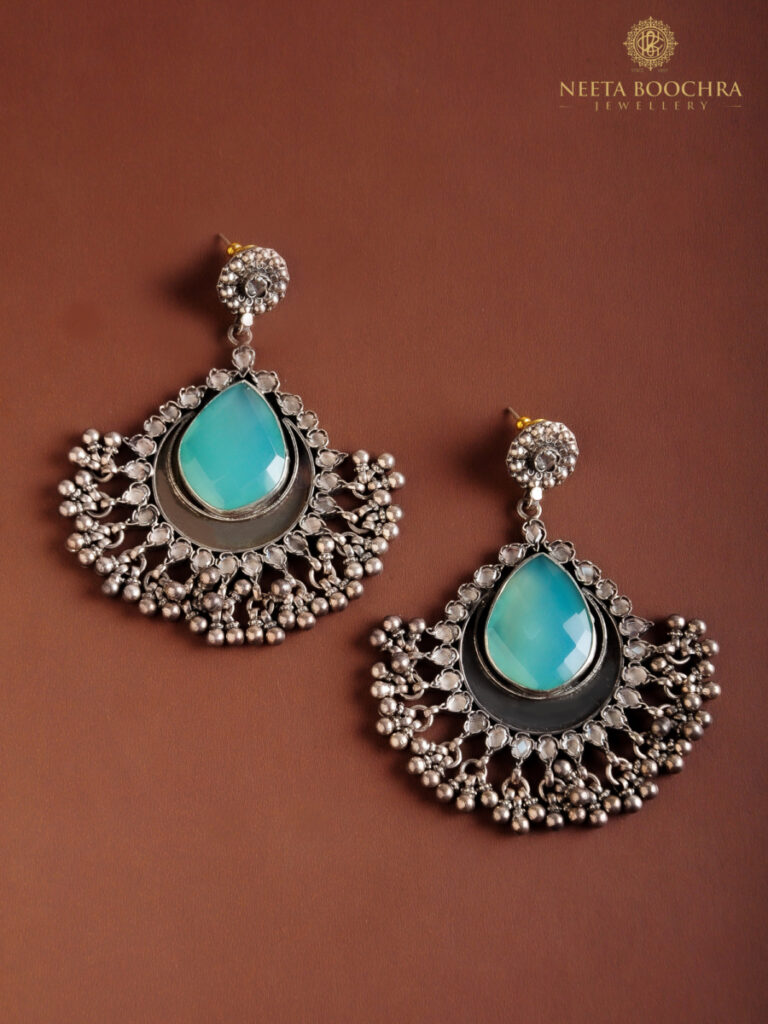
Collect Evidence
- Gather proof of your original design: sketches, CAD files, timestamps, emails, product photos, and public release dates.
- Take screenshots and purchase records of the copied designs for comparison.
Send a Legal Notice
- Through a lawyer, send a cease and desist notice to the infringing party demanding they stop production/sale immediately.
Take Civil or Criminal Action
- Civil remedies: You can seek injunctions, monetary damages, and destruction of copied goods.
3. In your experience, how does acknowledging the influence of other designers in your work contribute to your growth as a designer, and how do you ensure that your own originality still shines through?
Acknowledging the influence of other designers is not only a mark of integrity but also a powerful tool for personal growth
Promotes Humility and Learning: Recognizing othersŌĆÖ impact keeps you open to learning. It reminds you that design is a dialogue, not a solo performance.
Builds Deeper Understanding: When you consciously study and credit a designerŌĆÖs work, you often uncover why it resonates with youŌĆömaterials, philosophy, structureŌĆöhelping you better refine your own preferences and style.
JB Insights
Birdhichand Ghanshyamdas Jewellers: Timeless legacy rooted in heritage, craftsmanship and luxury
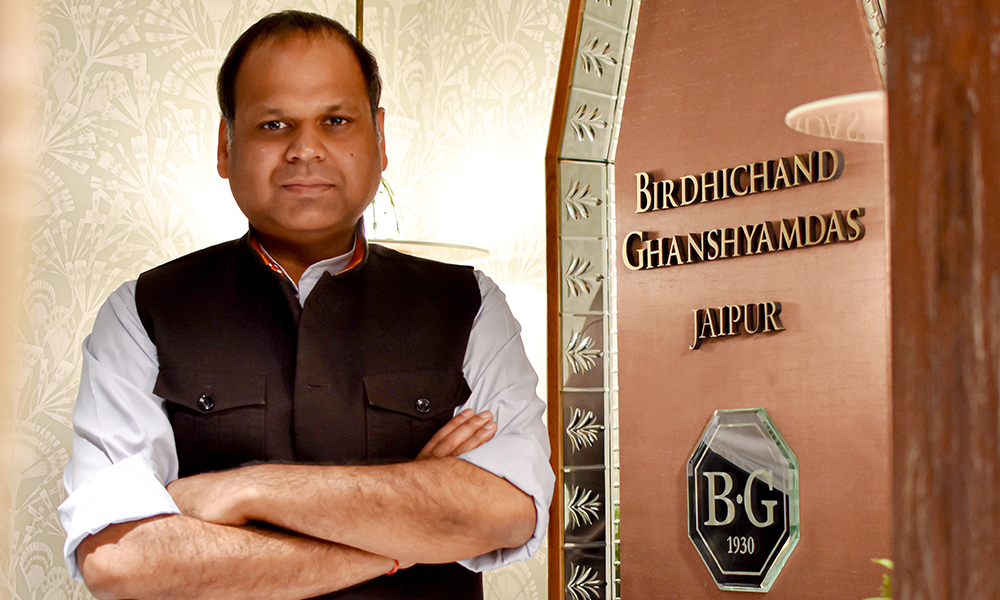
Birdhichand Ghanshyamdas Jewellers is a legacy rooted in decades of traditional jewellery-making, blending age-old craftsmanship with modern design sensibilities. Reflecting the grandeur of Indian luxury, each piece celebrates the rich heritage of Jaipur through intricate detailing, rare gemstones, and artistic excellence. The jewellery goes beyond ornamentationŌĆöit’s a reflection of identity, culture, and timeless style. Yash Agarwal – Creative Director – Birdhichand Ghanshyamdas Jewellers speaking to JewelBuzz underlines how by preserving tradition while embracing innovation, Birdhichand Ghanshyamdas creates heirlooms that echo IndiaŌĆÖs history and continue to inspire future generations.
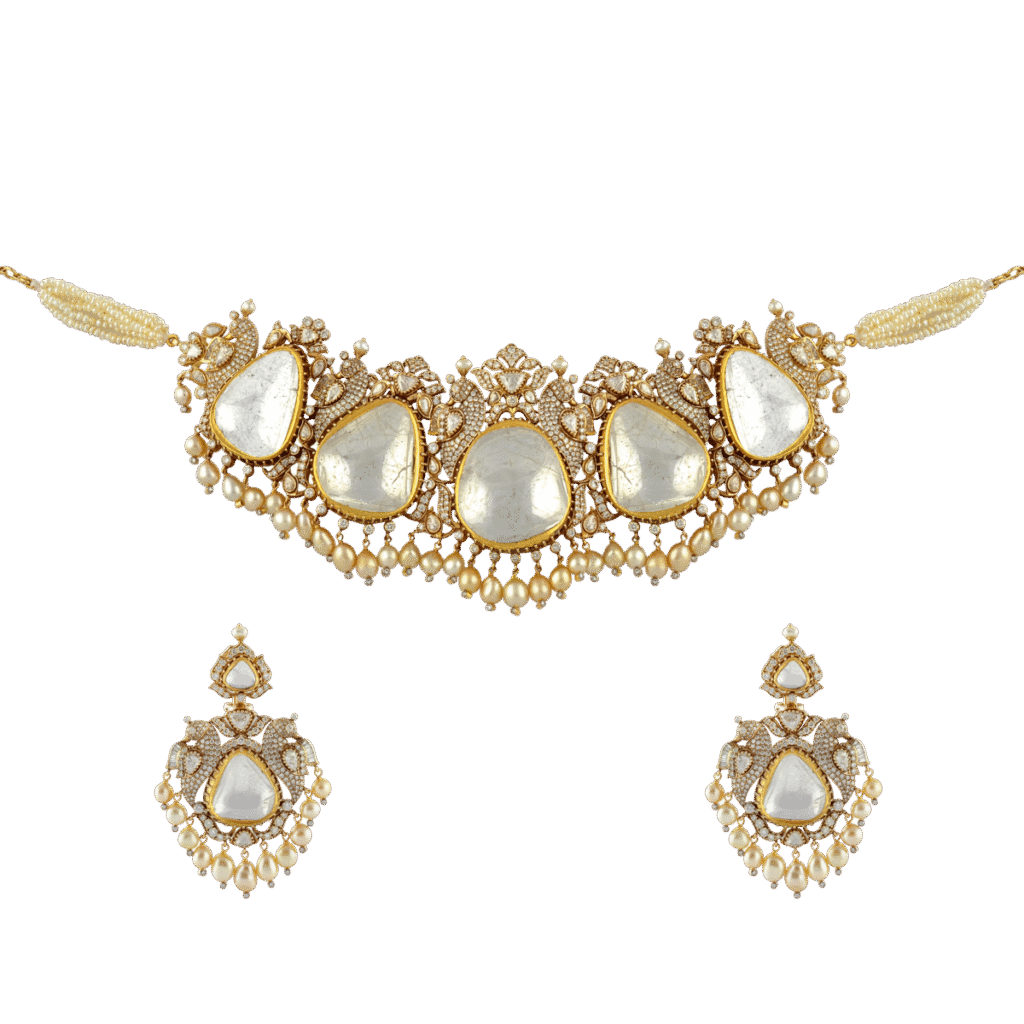
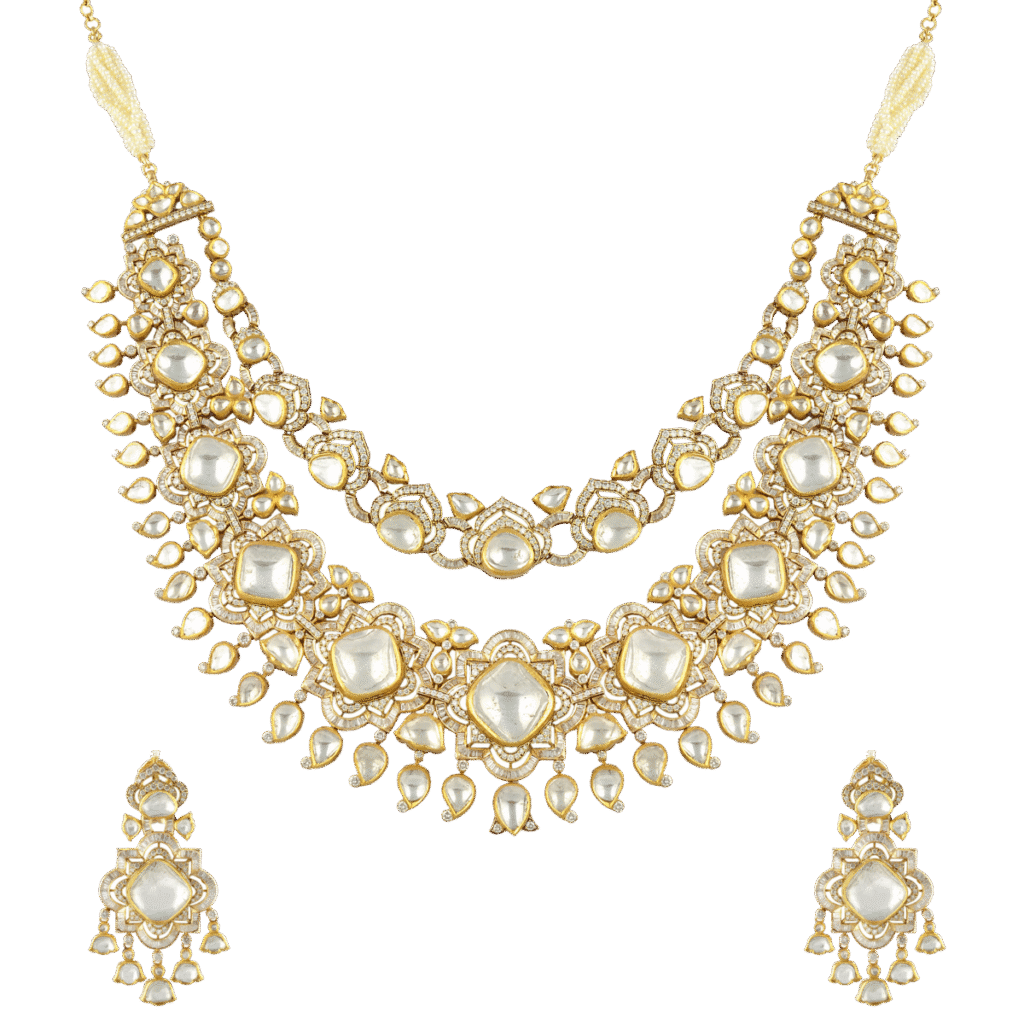
How do you define the legacy of Birdhichand Ghanshyamdas Jewellers?
Birdhichand’s legacy is rooted in decades of traditional jewelry-making and craftsmanship. We’ve preserved our heritage by blending age-old techniques with modern designs, creating timeless pieces that reflect Indian luxury. Our legacy is about artisanal excellence, authenticity, and celebrating the rich history of Jaipur. Our pieces not just showcases style statement but a reflection of one’s identity, embodying the excellence of timeless Indian luxury.
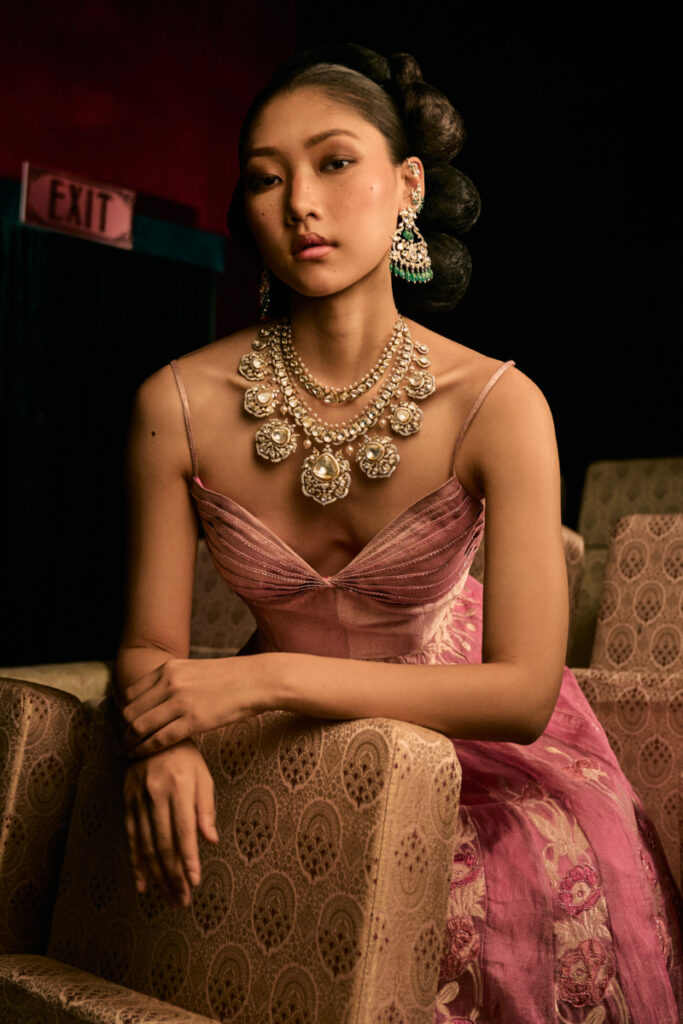
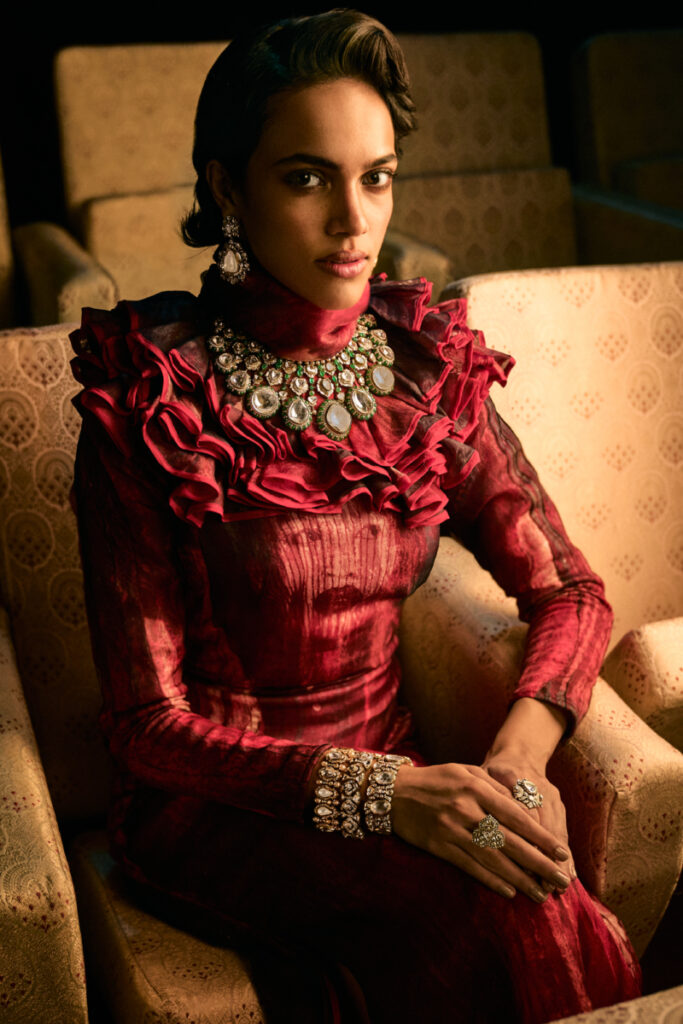
Explain the USP of your brand.
Our USP lies in our intricate designs and unique craftsmanship which narrates a legacy in itself. From the bold polki patters to coloured gemstones and enamel work, every piece is a statement and represents Jaipur culture and the cityŌĆÖs vibrant history. Our jewellery is rich in heritage while also fashion forward for those looking for traditional pieces with a modern element.
What is your design philosophy?
At Birdhichand, our main philosophy is reviving our culture through our designs. India and Rajasthani architecture has been spoken about since ages and we wanted to relive those designs with our jewellery through meticulous craftsmanship, coloured and rare gems and bold statement pieces. Our aim is to create jewellery that our timeless and can be passed on through generations.
Kindly provide details of your product offerings, bridal & jewellery collections.
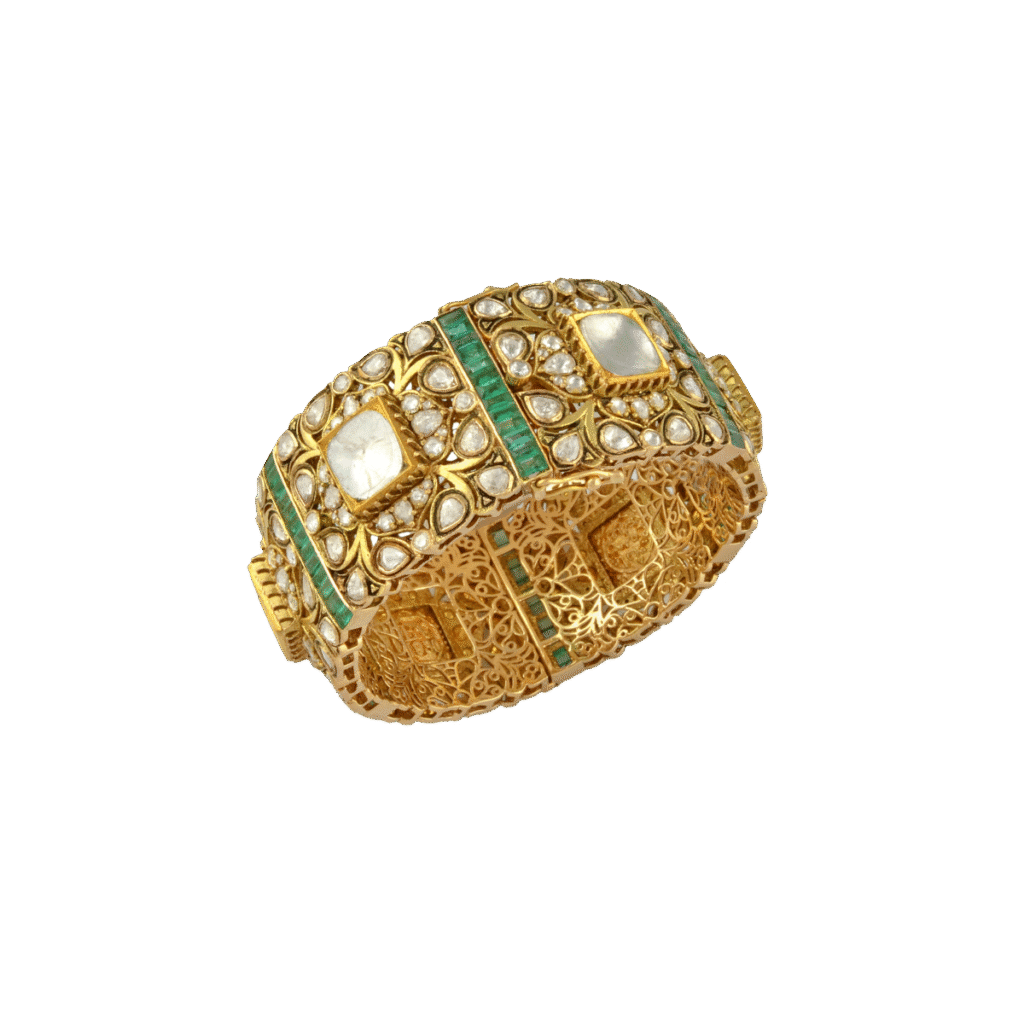
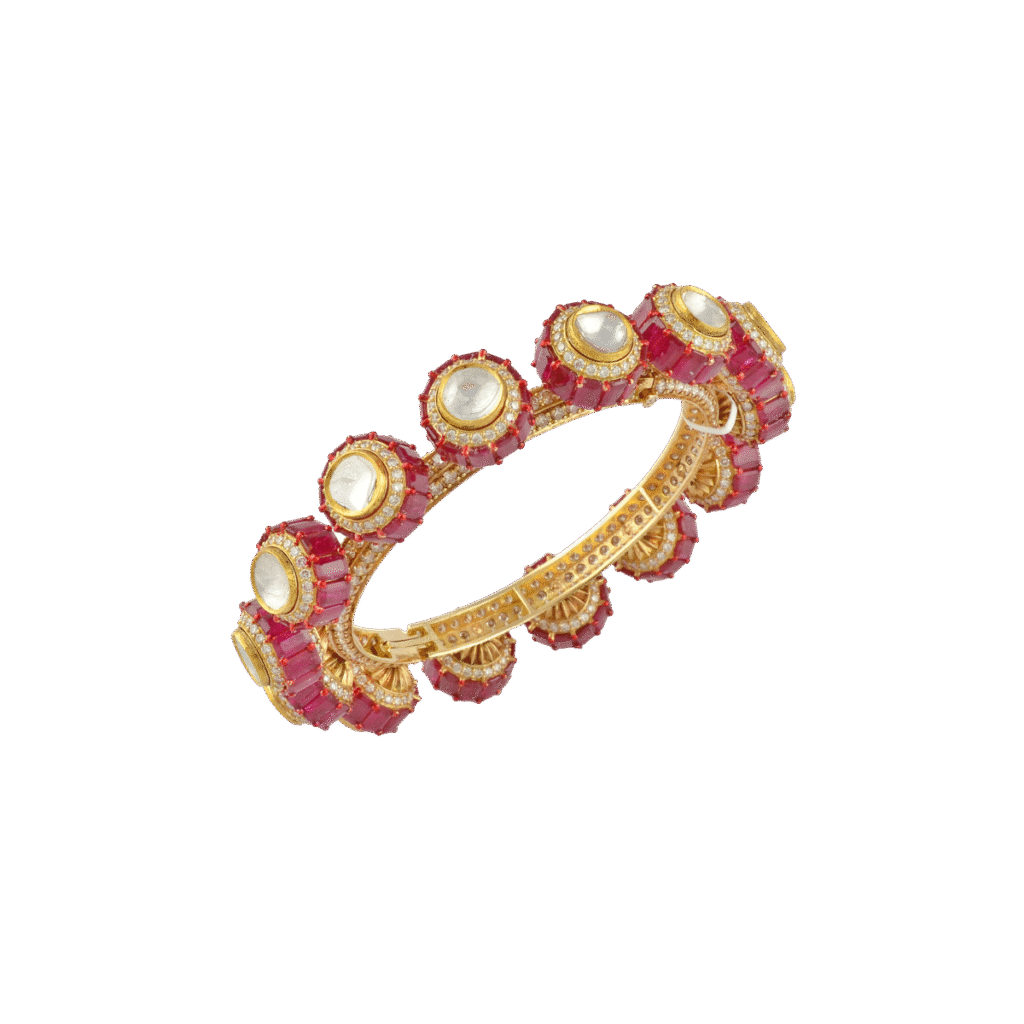
Our collections showcase exquisite bridal pieces and contemporary designs, blending traditional Indian heritage with modern designs. From intricately crafted polki jewelry to vibrant colored gemstones, our pieces range from statement-making occasion wear to versatile essentials. Our diverse offerings include earrings, hathphools, chokers, rings, and brooches ŌĆō each beautifully curated to celebrate the richness of Indian craftsmanship with a modern twist.
How do you ensure that your jewellery designs reflect JaipurŌĆÖs cultural heritage while appealing to the evolving tastes of younger generations?
Our journey began in Jaipur, a city that has eternally inspired us with its vibrant culture and stunning architecture. We draw muse from the city’s intricate designs and majestic structures, reinterpreting them through a modern lens to create pieces that resonate with contemporary trends. Our designs seamlessly blend Jaipur’s rich legacy with bold, expressive sensibilities, reflecting the perfect harmony of tradition and modernity.
What role does sustainability play in your sourcing of materials and crafting processes for your jewellery collections?
Sustainability is a collective responsibility, not a choice. We’re committed to ethical sourcing and craftsmanship, ensuring our diamonds are not only beautiful but also responsibly sourced. Our skilled artisans, masters of Kundan and Meenakari techniques, carefully craft each piece as a timeless heirloom designed to last generations ŌĆō a testament to our dedication to quality, tradition, and conscious luxury.
How does your brand differentiate itself from other traditional jewellery makers in Jaipur in terms of craftsmanship and innovation?
While many traditional jewellers focus on preserving legacy, Birdhichand seeks to balance heritage with innovation. We reimagine ancient architectural techniques through a modern lens, experimenting with color, pattern, and storytelling to create unique pieces. Every creation by our master artisans is a work of art, blending timeless tradition with contemporary flair.
What specific measures have you taken to make your jewellery accessible to a global audience without compromising its cultural authenticity?
We’ve taken a thoughtful approach to sharing our heritage with a global audience. Our aim is to reinvent traditional designs with modern elements, staying true to their authentic roots. Each piece tells a story, which we share through luxury exhibitions and digital platforms. This approach allows our audience to understand the heritage behind every creation, showcasing how our jewelry seamlessly blends modern sensibilities with timeless tradition. By leveraging both physical and digital channels, we’ve made our culturally rich jewelry accessible worldwide while preserving its authenticity.
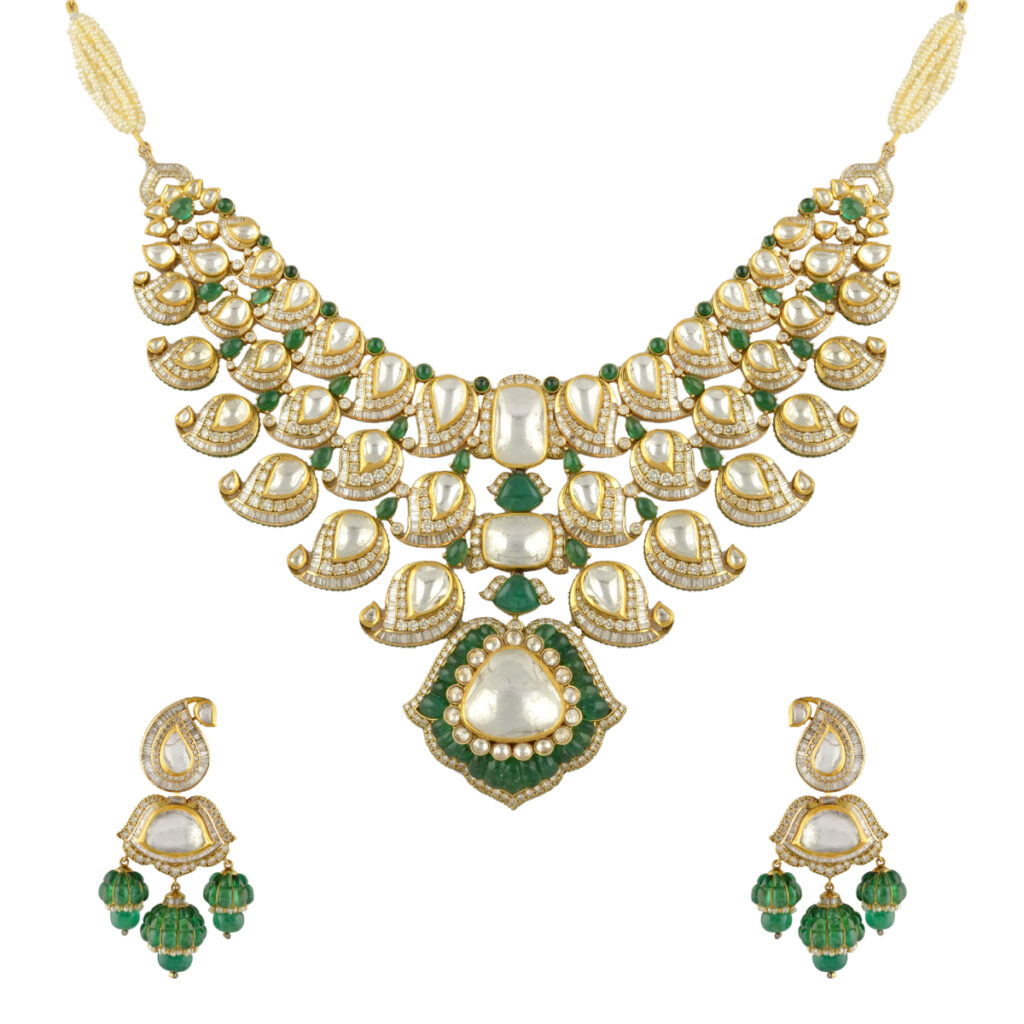
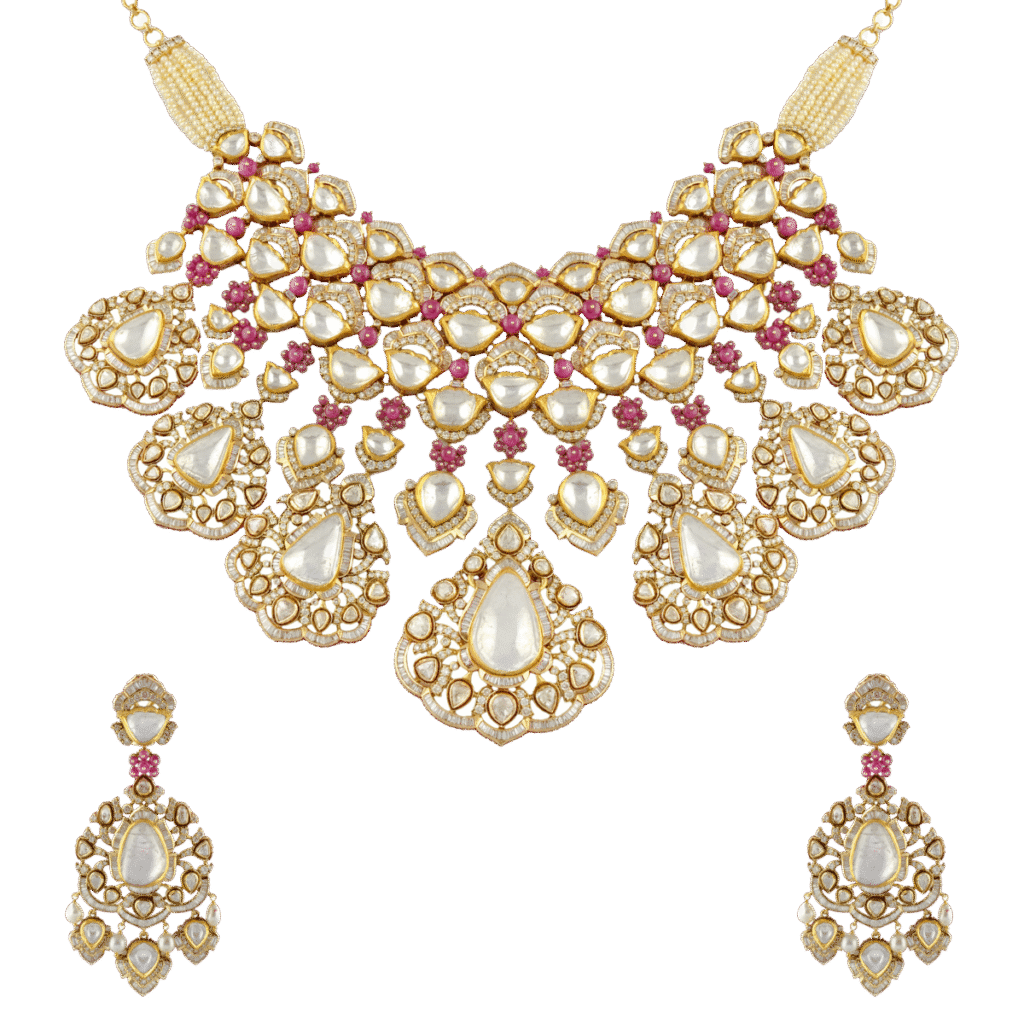
How do you incorporate modern technology, such as AI, in jewellery designing?
AI and technology play a supporting role in our design process, augmenting the creativity of our skilled artisans. Rather than replacing traditional craftsmanship, AI serves as a tool to help build intricate design patterns, experiment with new ideas, and visualize complex geometries. Meanwhile, our artisans bring depth and storytelling to each piece, ensuring a perfect blend of tradition and innovation.
Where does Birdhichand Ghanshyamdas Jewellers see itself in the coming years? What is the roadmap?
Our vision is to transcend geographical boundaries, expanding our presence beyond Jaipur and Delhi to global markets. Through strategic pop-ups, exhibitions, and collaborations, we aim to create immersive experiences that showcase the richness of Indian craftsmanship. By fusing traditional designs with modern aesthetics, we aspire to establish Birdhichand as a global ambassador of Indian jewelry, sharing our heritage with audiences worldwide.
Where is Birdhichand Ghanshyamdas Jewellers’ presence beyond the Indian market?
While are roots remain in Jaipur, we have extended our presence internationally with clientele in UK, UAE, Bahrain, Singapore, and Riyadh. We have a strong retail presence in Doha and Dubai which allows us to engage with the international audience that values our Indian craftsmanship.
JB Insights
LGDs are fundamentally changing the definition and accessibility of luxury
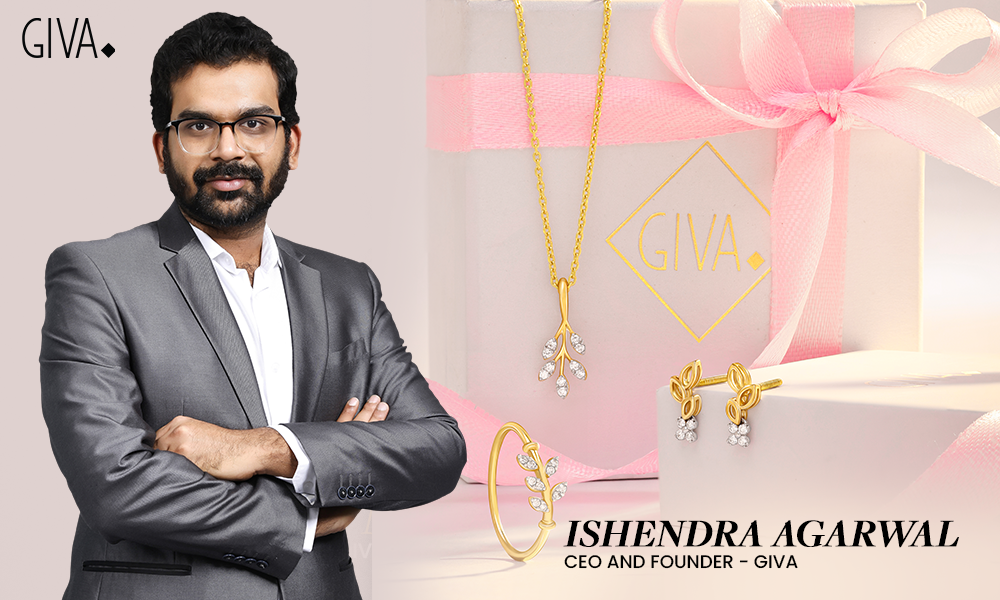
Over the past year, GIVA has witnessed a growing demand for LGDs, driven largely by millennials and Gen Z. Ishendra Agarwal, CEO and Founder, GIVA speaking to JewelBuzz underscores the fact that┬Ā LGDs offer timeless beauty with lower environmental impact, aligning with modern values and redefining fine jewellery in India.┬Ā GIVA is leveraging their flexibility and affordability to democratize aspiration, delivering high-quality, customizable designs. As LGDs gain traction, GIVA aims to lead the shift toward a more inclusive, responsible, and innovative jewellery future.

- Over the last year, consumer preferences have noticeably shifted toward conscious luxury. How is GIVA seeing this trend play out in terms of demand for lab-grown diamonds, especially among millennials and Gen Z?
WeŌĆÖre seeing a clear shift in the way younger consumers define luxury. Millennials and Gen Z are leaning into purpose-driven purchases, where beauty meets responsibility. Lab-grown diamonds (LGDs) align perfectly with this ethos, offering timeless clarity and shine with a conscious edge. At GIVA, the response has been phenomenal. WeŌĆÖre witnessing a steady rise in first-time fine jewellery buyers choosing LGDs because they reflect both their style and values.
Our MotherŌĆÖs Day collection was met with a fantastic response, especially popular were our earrings and pendant sets, along with 18K rings and earrings that saw strong customer interest.
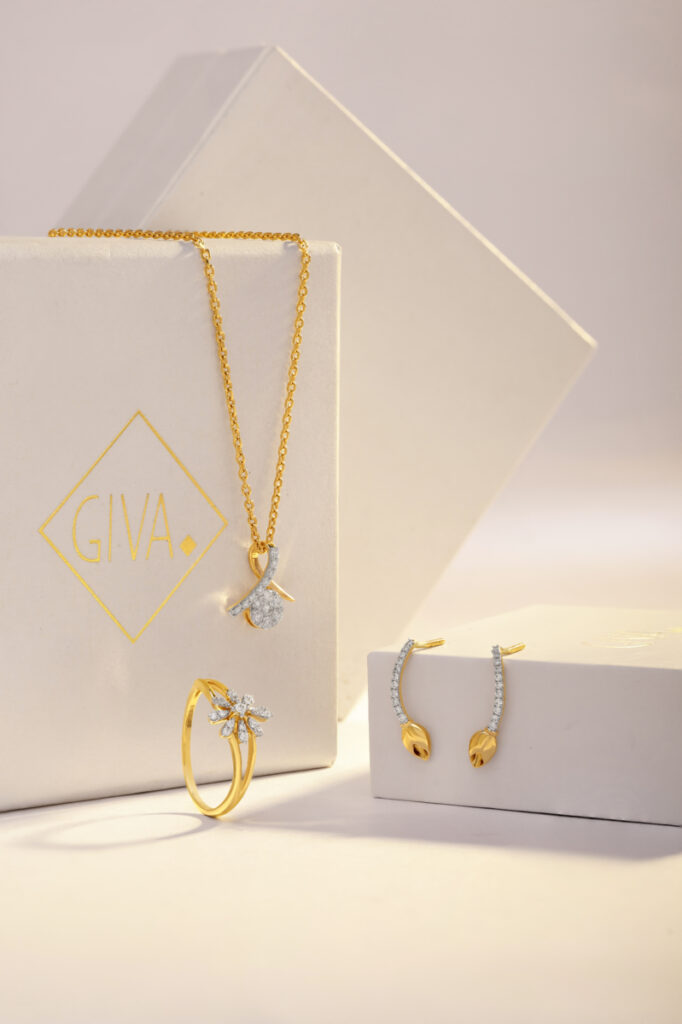
- Lab-grown diamonds are being touted as the next big thing in fine jewellery. What makes this category so exciting for GIVA, and how do you see it reshaping the future of the jewellery industry in India?
Lab-grown diamonds are more than a passing trend; they are fundamentally changing the definition and accessibility of luxury. GIVA is enthusiastic about their potential to merge innovation, ethical considerations, and elegance, appealing to today’s environmentally aware customers. LGDs provide greater design possibilities, promote sustainability, and offer more accessible price points, making fine jewelry more inclusive and forward-thinking. As their popularity increases, lab-grown diamonds are expected to significantly reshape India’s jewelry market.
- Lab-grown diamonds offer the charm of fine jewellery at a more accessible price point. How is GIVA using this to democratize aspiration, making premium design and craftsmanship available to a wider audience?
WeŌĆÖve always believed that luxury should feel personal and not out of reach. Lab-grown diamonds allow us to deliver exceptional craftsmanship, meaningful design, and lasting brilliance at a price point thatŌĆÖs more accessible.
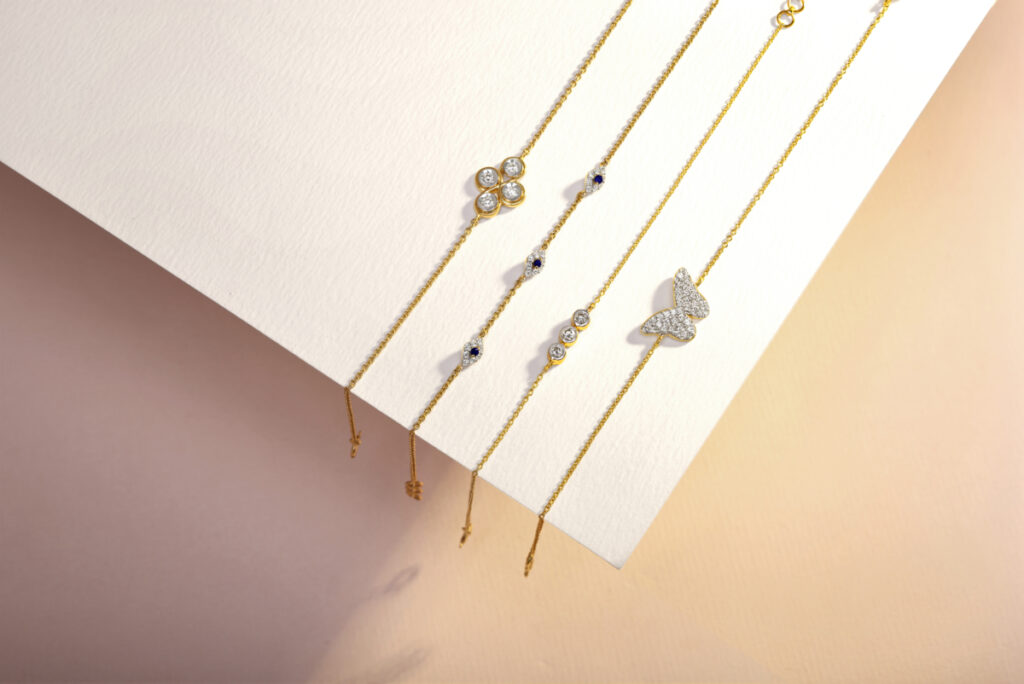
At GIVA, weŌĆÖre not just offering jewellery; weŌĆÖre creating opportunities for more people to celebrate lifeŌĆÖs moments with pieces that reflect both value and values. Whether itŌĆÖs a first fine jewellery purchase or a conscious choice for love, LGDs are helping us democratize aspiration without compromising on quality or emotion.
- Sustainability has become a buzzword across industries ŌĆö but what does it mean in the context of lab-grown diamonds?
In the world of jewellery, sustainability means transparency, responsibility, and innovation. Lab-grown diamonds are created in controlled environments with significantly lower environmental impact. For GIVA, embracing LGDs is part of our commitment to a cleaner, kinder future, where beauty doesnŌĆÖt come at the planetŌĆÖs expense. And weŌĆÖre committed to educating our customers about why that matters.
- With LGDs offering more flexibility in size, shape, and quality ŌĆö how has this impacted GIVAŌĆÖs approach to product design and innovation?
Lab-grown diamonds have unlocked a new dimension of design freedom for us at GIVA. With greater flexibility in size, shape, and quality, we at GIVA are able to now experiment with cuts and settings that were previously limited by cost or sourcing constraints.
This has led to bolder, more intricate designs and importantly, the ability to offer made-to-order pieces that reflect personal stories and preferences. From concept to creation, weŌĆÖre able to deliver variety, brilliance, and customization at a pace and price that todayŌĆÖs consumer expects.
- Do you foresee lab-grown diamonds becoming mainstream in India? And what role will GIVA play in building this next chapter of modern jewellery?
Yes, we believe lab-grown diamonds are on the cusp of becoming mainstream in India. As awareness builds and barriers fall, LGDs will define a new era of jewellery that is aspirational yet ethical, premium yet personal. At GIVA, we see ourselves at the forefront of this change, driving education, expanding access, and building a brand that evolves with the modern consumer.
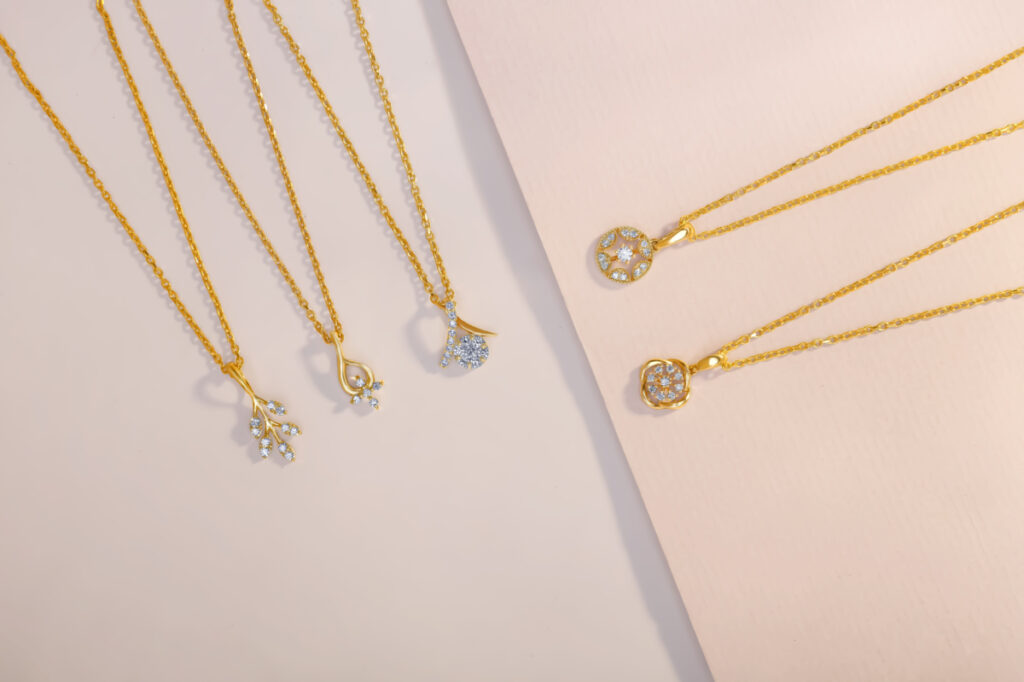
- Trade and industry needs to strictly adhere to the ethical guidelines of LGD declaration. What is the level of this compliance in industry and retail trade?
Transparency is the cornerstone of trust in the jewellery industry, especially with an emerging category like lab-grown diamonds. While awareness and compliance around LGD declaration are steadily improving, thereŌĆÖs still work to be done across both trade and retail.
Leading brands and responsible retailers are taking clear steps to label LGDs correctly and educate consumers about their origin, quality, and value. However, consistent industry-wide adherence to ethical guidelines is critical to protect consumer trust and ensure the categoryŌĆÖs long-term credibility. As the market matures, we expect stricter self-regulation and more informed choices, both from sellers and buyers.
-

 BrandBuzz3 months ago
BrandBuzz3 months agoMia by Tanishq Unveils ŌĆśFioraŌĆÖ Collection This Akshaya Tritiya: A Celebration of NatureŌĆÖs Blossoms and New Beginnings
-

 National News2 months ago
National News2 months agoEmmadi Silver Jewellery Launches First Karnataka Store with Grand Opening in Bengaluru’s Malleshwaram
-

 GlamBuzz2 months ago
GlamBuzz2 months agoGokulam Signature Jewels Debuts in Hyderabad with Glamorous Launch at KPHB
-

 DiamondBuzz2 months ago
DiamondBuzz2 months agoDe Beers CEO: confident the US will exempt diamonds from reciprocal tariffs






